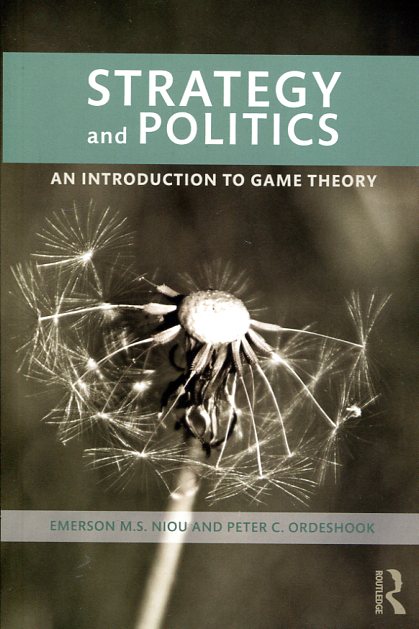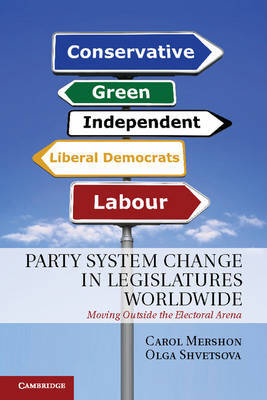Designing federalism
a theory of self-sustainable federal institutions
- ISBN: 9780521016483
- Editorial: Cambridge University Press
- Fecha de la edición: 2004
- Lugar de la edición: Cambridge. Reino Unido
- Encuadernación: Rústica
- Medidas: 23 cm
- Nº Pág.: 384
- Idiomas: Inglés

Because of the redistributive nature of institutions and the availability of implementable alternatives with different distributive consequences, the desire of federation members to change institutional specifics in their favor is a permanent feature of the federal political process. This is so for two reasons. First, states or their equivalents in democratic federations usually can succeed in renegotiating the rules if they feel sufficiently motivated to do so. Second, in the case of a federation it is more or less clear who stands to benefit from any change in institutions. Thus, the existence of an equilibrium of constitutional legitimacy at the popular and elite levels cannot be taken for granted. The authors show that the presence in the political process of agents who are 'naturally committed' to the status-quo institutional arrangement can suffice to coordinate voters to act as if they support existing constitutional arrangements. ÍNDICE: 1. Federations and the theoretical problem: 1.1 Why Federalism 1.2 Definitions 1.3 The long search for stability Federalism as nuisance Federalism as engine of prosperity Riker as intermediary 1.4 The fundamental problem of stability 1.5 Basic premises and conclusions 2. Federal bargaining: 2.1 Alliances versus federations2.2 The private character of public goods 2.3 Equilibrium selection and redistribution 2.4 The 'federal problem' 2.5 Bargaining for control of the center 2.6 Allocating jurisdictions 2.7 Three levels of institutional design 3. Two cases of uninstitutionalized bargaining: 3.1 The Czechoslovak dissolution 3.2 The Soviet dissolution 3.3 The feasibility of success in initial bargaining 3.4 Secession: the special road to renegotiation 4. Representation: 4.1 Two alternative models of Federalism 4.2 A national venue for bargaining 4.3 Within versus without 4.4 Direct versus delegated representation 4.5 Other parameters of design 4.6 Bilateral decision making and the case of Russia 5. Incentives: 5.1 Institutional








